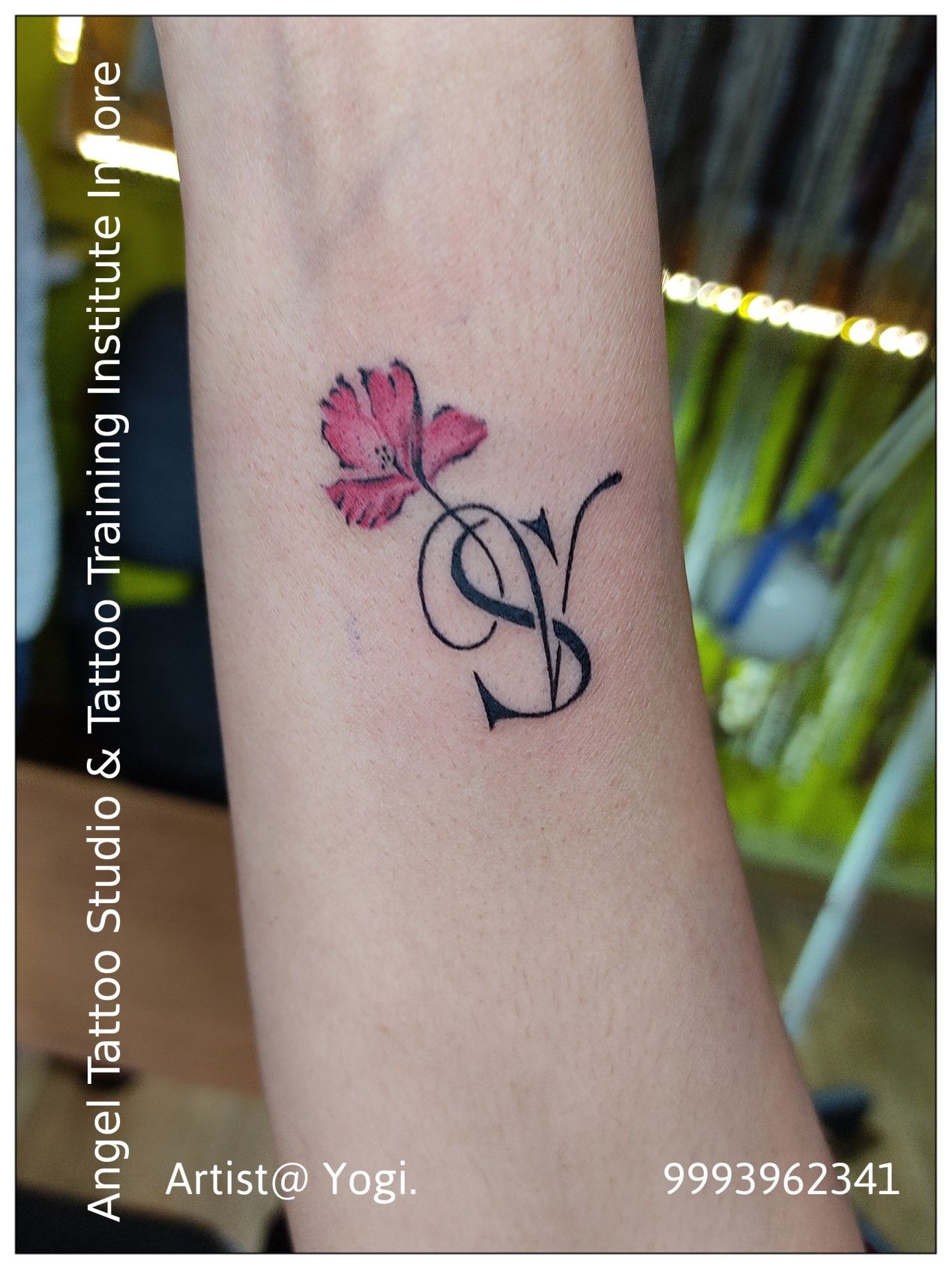Deadliest Snake on Earth

Introduction to the Deadliest Snakes

The world is home to numerous species of snakes, with some being harmless to humans, while others are venomous and can cause significant harm or even death. Among these venomous species, there are a few that stand out due to their potent venom and aggressive behavior, making them the deadliest snakes on Earth. In this article, we will explore the characteristics, habitats, and behaviors of the deadliest snakes, highlighting what makes them so dangerous to humans.
Characteristics of Venomous Snakes
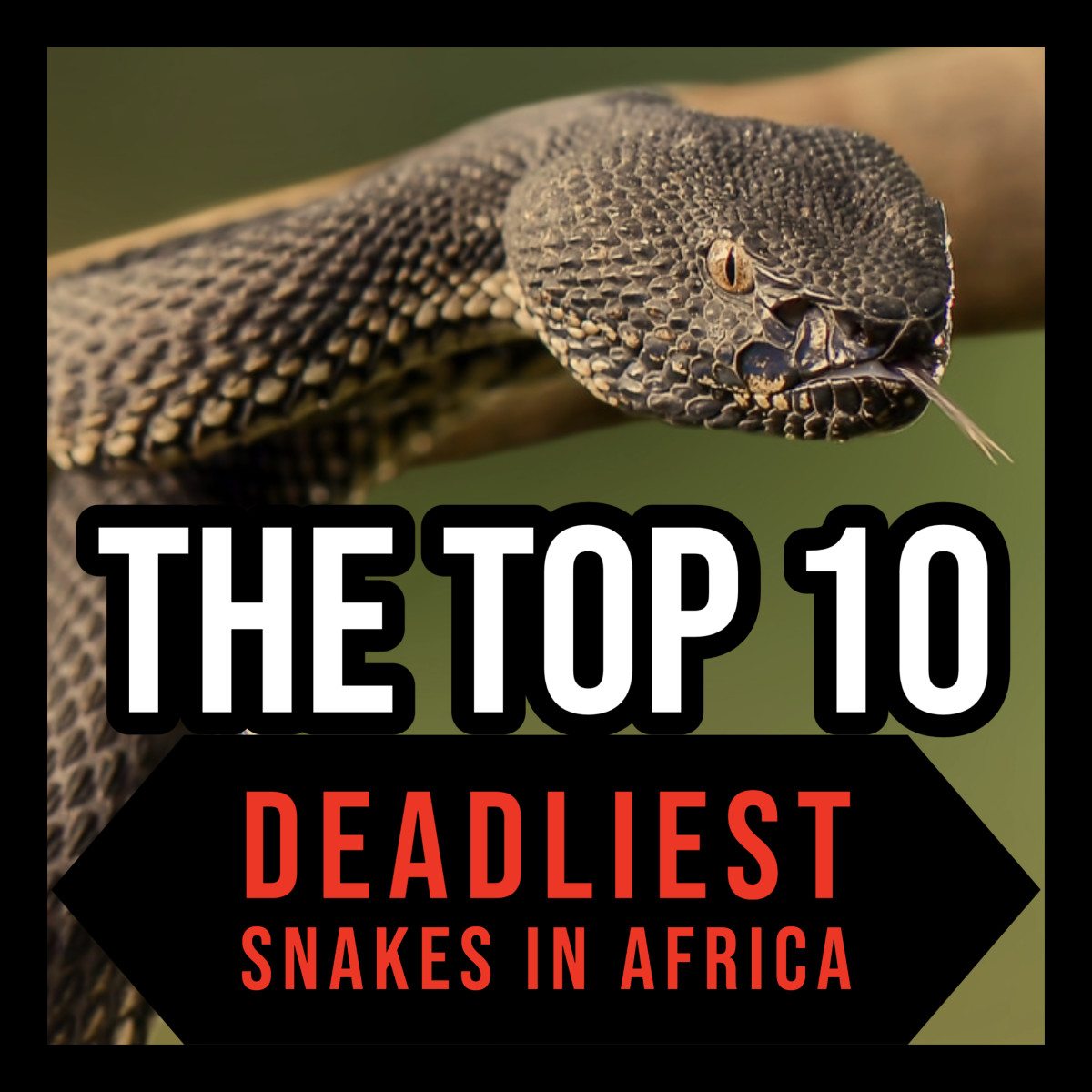
Venomous snakes have specialized teeth and glands that produce venom, a complex mixture of proteins and enzymes designed to immobilize their prey. This venom can also be delivered to humans through bites, causing a range of symptoms from pain and swelling to respiratory failure and death. The potency of a snake’s venom, combined with its aggression and the likelihood of encountering humans, contributes to its reputation as one of the deadliest.
The Deadliest Snakes

Several species are often considered among the deadliest, including the Inland Taipan, Eastern Brown Snake, Black Mamba, Blue Krait, and Cape Cobra. Each of these snakes has unique characteristics that make them particularly dangerous: - Inland Taipan: Found in the deserts of central Australia, it has the most toxic venom of any land snake, based on its potency and the amount of venom it can deliver in a single bite. - Eastern Brown Snake: Native to Australia and Papua New Guinea, it is known for being highly aggressive when threatened and has the second-most toxic venom, which can cause renal failure, cardiovascular collapse, and respiratory distress. - Black Mamba: Found in sub-Saharan Africa, it is known for its agility, aggressive behavior when threatened, and highly toxic neurotoxic venom that can kill a human being within 20 minutes if left untreated. - Blue Krait: Found in Southeast Asia and India, it is nocturnal and highly venomous, often biting humans when they are sleeping, which can lead to high mortality rates due to the delay in seeking medical attention. - Cape Cobra: Found in southern Africa, it is known for its ability to spit its venom and for being highly aggressive when cornered or threatened, posing a significant threat to human life.
Habitat and Distribution
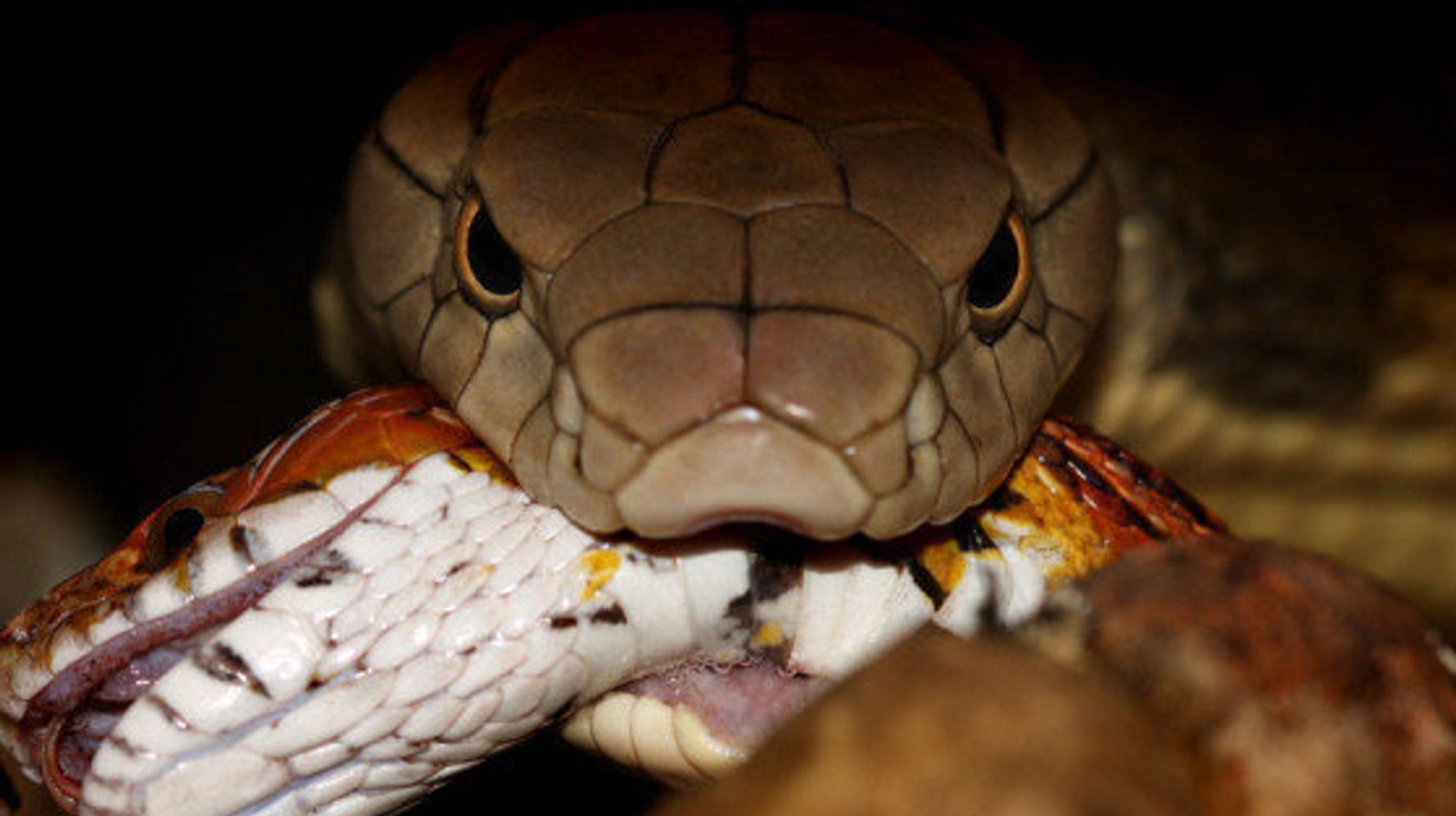
Understanding the habitats and distributions of these snakes is crucial for avoiding encounters. They are found in various environments, from deserts to forests, and across different continents, including Africa, Asia, Australia, and others. The Inland Taipan and Eastern Brown Snake are confined to Australia, while the Black Mamba, Blue Krait, and Cape Cobra have wider distributions across Africa and Asia.
Prevention and Safety Measures
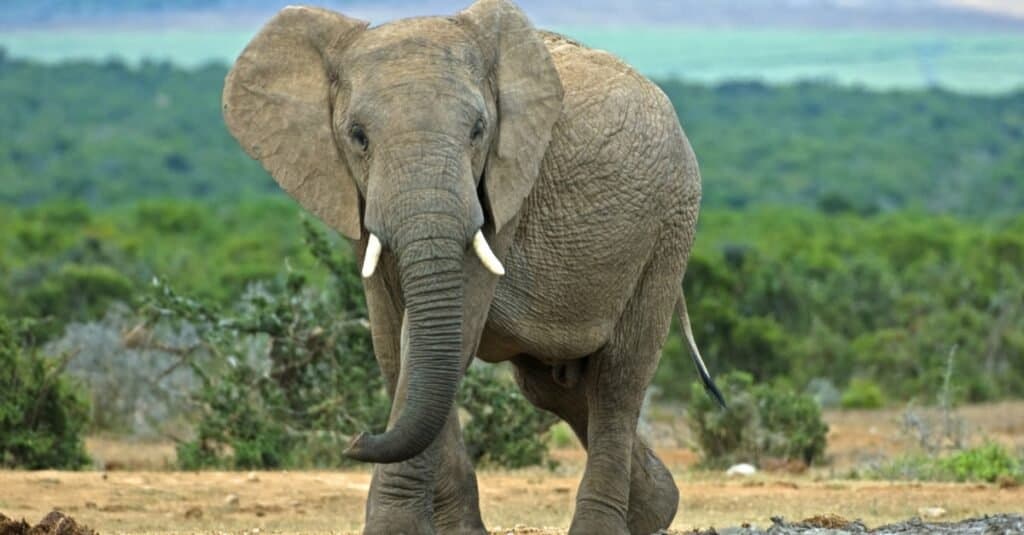
To minimize the risk of snake bites, it’s essential to take precautions when living in or visiting areas known to have venomous snakes. This includes: - Wearing protective clothing like long pants and boots when walking in bush or grasslands. - Staying on marked trails and avoiding tall grass or brush. - Not reaching or stepping into dark or hidden areas. - Using a flashlight when walking at night. - Sealing homes to prevent snakes from entering.
🐍 Note: When traveling to areas with venomous snakes, it's also a good idea to learn about the specific species found in that region and what to do in case of a snake bite.
Treatment and First Aid

In the event of a snake bite, prompt medical attention is crucial. Until medical help arrives, the affected limb should be kept below heart level to reduce the flow of venom, and any constricting items should be removed. It’s also important not to attempt to suck out the venom or apply a tourniquet, as these methods are not effective and can cause further harm.
| Snake Species | Venom Potency | Aggression Level | Habitat |
|---|---|---|---|
| Inland Taipan | High | Moderate | Australian Deserts |
| Eastern Brown Snake | High | High | Australia and Papua New Guinea |
| Black Mamba | High | High | Sub-Saharan Africa |
| Blue Krait | High | Moderate | Southeast Asia and India |
| Cape Cobra | High | High | Southern Africa |

In summary, while many snakes are harmless, there are a few species that are considered the deadliest due to their potent venom and aggressive behavior. Understanding these species, their habitats, and how to prevent encounters is key to minimizing the risk of snake bites. Prompt medical attention is essential in the event of a bite, and knowledge of basic first aid can help save lives.
As we reflect on the world of snakes and the potential dangers they pose, it’s clear that respect for these creatures and their habitats is essential. By taking the necessary precautions and being informed, we can coexist with even the deadliest of snakes, minimizing the risk of encounters gone wrong.
What is the most venomous snake in the world?
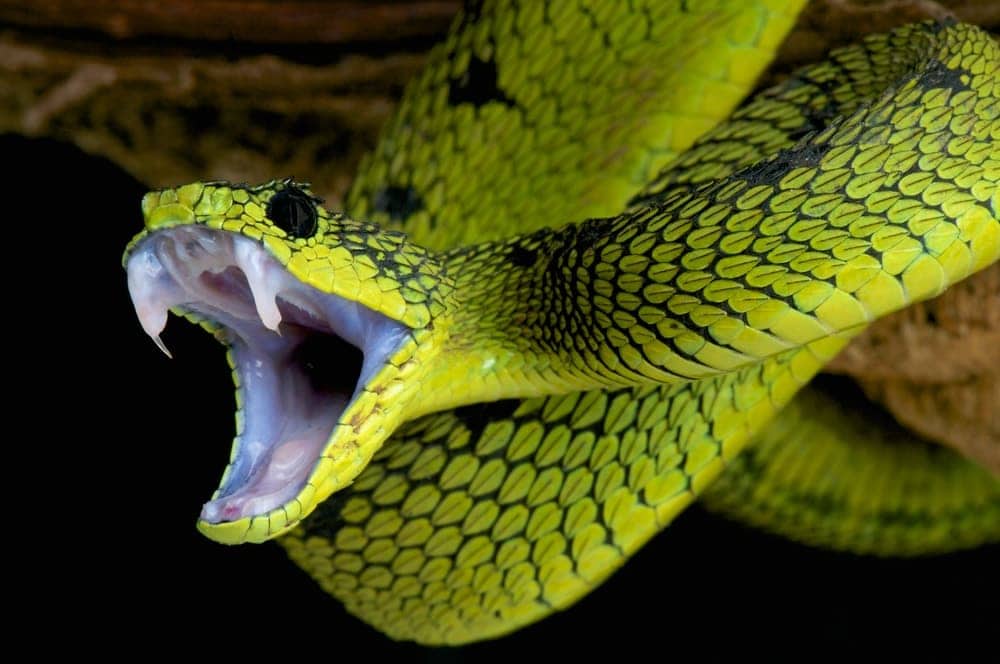
+
The Inland Taipan is considered the most venomous snake in the world based on its potent venom and the amount it can deliver in a single bite.
How can I prevent snake bites?

+
To prevent snake bites, wear protective clothing, stay on marked trails, avoid reaching into hidden areas, and use a flashlight at night. Also, learn about the local snake species and what to do in case of a bite.
What should I do if I am bitten by a snake?

+
If bitten by a snake, keep the affected limb below heart level, remove any constricting items, and seek medical attention immediately. Do not attempt to suck out the venom or apply a tourniquet.



